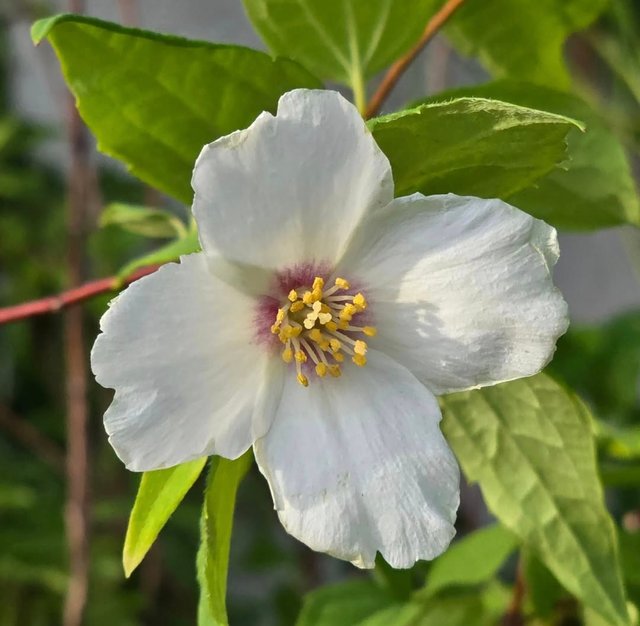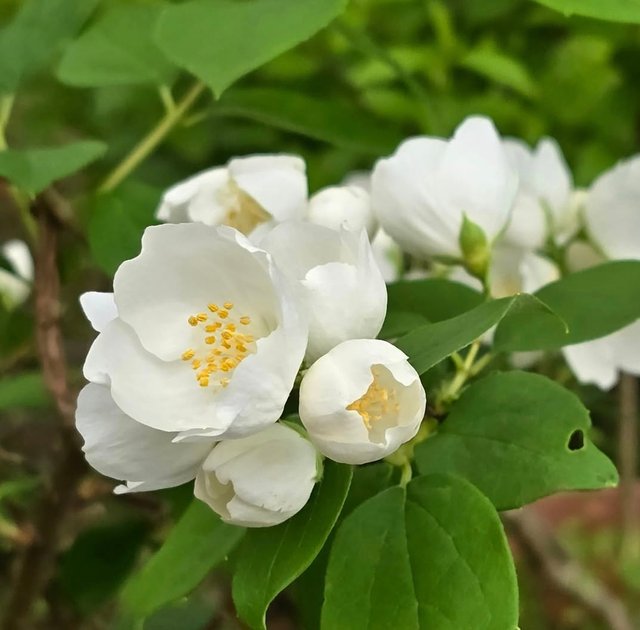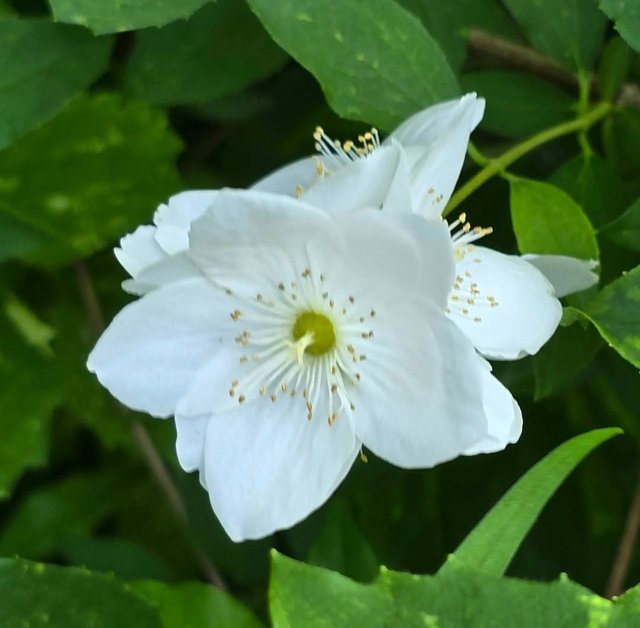Mock Orange Flower
If you've ever walked through a garden in late spring or early summer and caught a whiff of something that smelled uncannily like citrus blossoms or fresh orange peel—but couldn’t find an orange tree in sight—you may have encountered the intoxicating scent of the Mock Orange flower.Despite the name, Mock Orange is not related to the citrus tree family. Rather, it earns its name from the delightful, orange-blossom-like fragrance of its creamy white flowers. This deciduous shrub is cherished by gardeners and plant lovers alike for its intoxicating perfume, elegant blooms, and low-maintenance nature.
Mock Orange belongs to the Hydrangeaceae family and is native to regions across North America, Europe, and Asia, depending on the species. The most commonly cultivated species, Philadelphus coronarius, originates from southern Europe and is often simply referred to as “Mock Orange.The plant is a deciduous shrub that typically ranges from 3 to 12 feet tall, depending on the variety. In spring to early summer, it produces clusters of four-petaled white flowers with golden stamens that release an intense citrusy scent—making it a favorite for sensory gardens.
The number one reason most people fall in love with Mock Orange is the intoxicating scent. It's often compared to orange blossoms or jasmine and can perfume an entire corner of your garden.With its abundant white flowers and arching branches, a mature Mock Orange in full bloom is a striking sight. The simple, clean look of the blossoms pairs beautifully with both cottage and formal garden styles.



